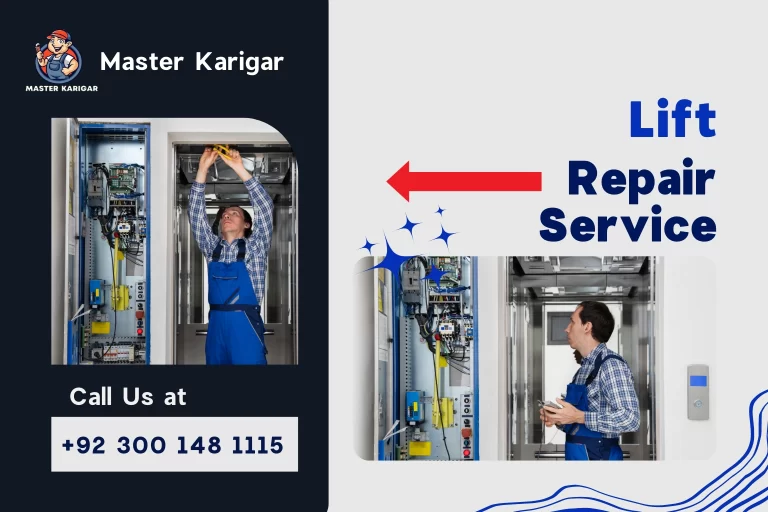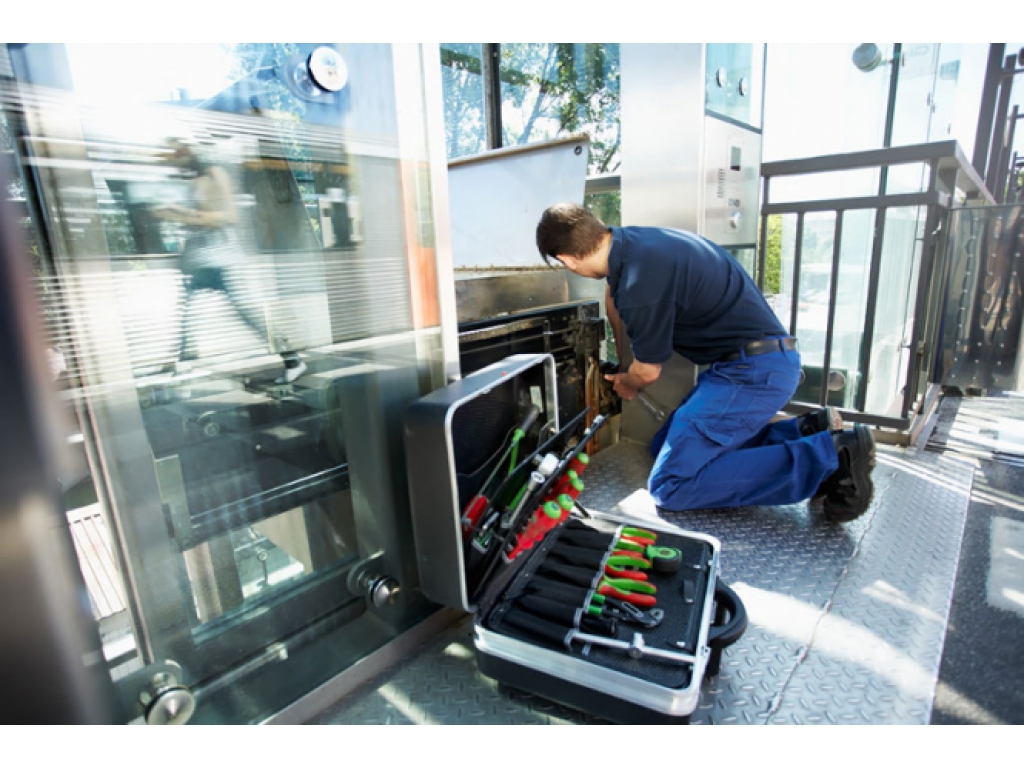Comprehensive Guide to Lift Repair Companies Near Me for Effective Lift Maintenance
Comprehensive Guide to Lift Repair Companies Near Me for Effective Lift Maintenance
Blog Article
Comprehensive Overview to Elevator Equipments and Their Maintenance
Browsing the elaborate globe of lift systems and their maintenance is a job that requires precision and understanding. From the numerous types of elevator systems in usage to the meticulous adherence to security regulations, the upkeep of these upright transport devices is a diverse undertaking.
Kinds Of Elevator Solutions
The most typical types include hydraulic elevators, traction elevators, machine-room-less lifts, and vacuum cleaner lifts. Hydraulic lifts are suitable for low-rise structures and utilize a hydraulic piston to move the elevator cars and truck. Machine-room-less lifts are a space-saving choice as they do not require a different maker area for the lift equipment.
Each sort of elevator system has its own benefits and negative aspects, making it critical for structure owners and developers to thoroughly consider their specific needs prior to choosing the most suitable alternative. Aspects such as developing height, room accessibility, energy efficiency, and spending plan restrictions all play a significant duty in figuring out the most effective elevator system for a certain structure.
Common Upkeep Problems
Routine maintenance of elevator systems is vital to guarantee smooth operation and prolong their lifespan. Despite regular maintenance, lift systems can still come across typical maintenance issues that need to be promptly resolved to protect against disturbances in solution. Regular inspections and proactive upkeep can assist determine and deal with these common upkeep problems before they escalate and influence the general performance of the lift system.
Safety And Security Laws and Compliance
Sticking to rigid security regulations and making certain conformity with industry criteria are vital for preserving the functional stability of elevator systems. Lifts are subject to a comprehensive collection of safety laws to secure passengers, upkeep workers, and the public. Governing bodies such as the Occupational Safety and Wellness Administration (OSHA) in the USA and the European Lift Association (ELA) in Europe develop guidelines that cover numerous elements of lift design, operation, upkeep, and installation.
Conformity with these guidelines is not just a lawful need yet additionally an ethical obligation for building owners and lift maintenance companies. Regular inspections, maintenance checks, and adherence to safety methods outlined in the laws are vital to make certain the efficient and safe operation of elevator systems.
Best Practices for Maintenance

Another important ideal technique is to immediately deal with any unusual sounds or documented discover this problems to avoid further damages. Carrying out a positive approach to upkeep can conserve time and money over learn this here now time by staying clear of expensive repair work or replacements. Structure owners should additionally take into consideration buying innovation upgrades to improve the effectiveness and safety of their lift systems. By complying with these best practices, elevator systems can run efficiently and safely, supplying reputable vertical transport for residents.

Advanced Technologies for Efficiency
Implementing cutting-edge technologies in lift systems can dramatically boost functional effectiveness and traveler experience. lift engineer course. Among the crucial improvements in elevator technology is the intro of location control systems. These systems enable passengers to input their desired flooring prior to going into the elevator, which after that directs them to the most effective cars and truck. By minimizing unneeded quits and optimizing traveling courses, destination control systems reduce wait times and blockage in high-traffic buildings.
Moreover, the integration of clever sensing units and predictive upkeep capacities has reinvented lift upkeep. These sensing units can spot possible issues prior to they intensify, making it possible for aggressive upkeep treatments and minimizing downtime. Furthermore, using regenerative drives and energy-efficient components helps in reducing power consumption and operating expense in elevator systems.
Additionally, the implementation of cloud-based tracking and remote diagnostics enables real-time tracking of elevator efficiency and prompt troubleshooting of any malfunctions. This positive strategy not only enhances system integrity yet also improves the general customer experience by ensuring undisturbed and smooth lift operations.
Conclusion
Finally, comprehending the various sorts of lift systems, common maintenance issues, security guidelines, finest maintenance techniques, and progressed modern technologies for efficiency is essential for guaranteeing the smooth operation of elevators. By adhering to security policies and carrying out finest methods for upkeep, building owners can prolong why not check here the lifespan of their elevator systems and ensure the safety of passengers. It is important to stay upgraded on the latest advancements in lift modern technology to boost performance and dependability.
The most typical types consist of hydraulic lifts, traction elevators, machine-room-less lifts, and vacuum cleaner elevators. Hydraulic elevators are perfect for low-rise buildings and make use of a hydraulic piston to relocate the elevator vehicle. Machine-room-less elevators are a space-saving alternative as they do not call for a separate device room for the lift machinery. Regular inspections and aggressive maintenance can help recognize and solve these usual maintenance issues prior to they intensify and impact the total performance of the lift system.

Report this page